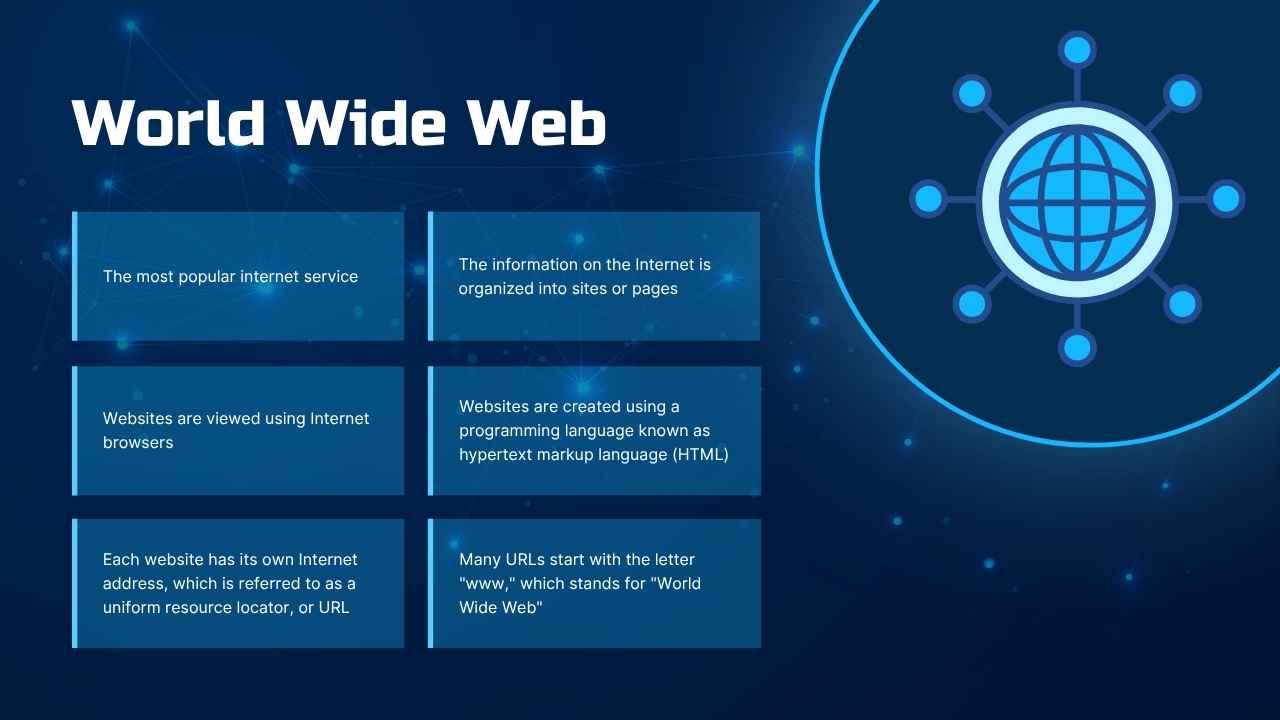The history of the Internet is a profound journey that spans over five decades, transforming communication, commerce, and entertainment globally. Understanding this evolution—from the early days of ARPANET to the modern capabilities of 5G—provides insight into the technological innovations that shape our world today.
What is the Internet? A Quick Overview
The Internet can be defined as a global network connecting millions of private, public, academic, business, and government networks. Its ability to transmit data across various mediums has revolutionized every aspect of human interaction.
When Did the Internet Begin? Key Milestones
The inception of the Internet can be traced back to the 1960s with the creation of ARPANET, funded by the United States Department of Defense. This project aimed to enable secure communications among military researchers. Key milestones include:
- 1969: Launch of ARPANET, the first network to implement the packet switching concept.
- 1983: Transition from ARPANET to TCP/IP, establishing the protocol that underpins the Internet.
- 1991: Introduction of the World Wide Web, allowing users to access and share information via browsers.
- 2004: The rise of Web 2.0, facilitating user-generated content and social networking.
- 2019: Commercial rollout of 5G technology, promising faster speeds and more reliable connections.
Who Were the Key Players in the Internet’s Development?
Several influential figures have contributed to the need and development of the Internet, including:
- Vint Cerf: Often dubbed the “Father of the Internet,” he co-developed TCP/IP protocols.
- Tim Berners-Lee: Invented the World Wide Web, making it accessible to the public.
- Marc Andreessen: Co-authored the Mosaic browser, expanding Internet usability.
Where is the Internet Today?
Currently, the Internet is an intricate mesh of networks facilitating everything from e-commerce to online education. With the emergence of 5G technology, users can experience unprecedented speeds and connectivity, allowing for advancements in fields such as augmented reality (AR) and the Internet of Things (IoT).
| Features Comparison: 4G vs. 5G |
|---|
| 4G Speed: Up to 1 Gbps 5G Speed: Expected to reach 10 Gbps |
| 4G Latency: 30-50 ms 5G Latency: As low as 1 ms |
| 4G Connectivity: Limited IoT 5G Connectivity: Millions of devices per square kilometer |
How Has the Internet Changed Our Lives?
The effect of the Internet on daily life cannot be understated. It is central to various aspects, including:
- Communication: Email, social media, and instant messaging.
- Education: Online courses and e-learning platforms.
- Commerce: E-commerce platforms reshaping retail.
Conclusion: The Future of the Internet
The history of the Internet—from its humble beginnings as ARPANET to the revolutionary capabilities of 5G—illustrates a trajectory of human innovation and interconnectedness. As we move forward, understanding this evolution will be crucial in navigating the digital landscapes of tomorrow, which promises even more transformative changes.
